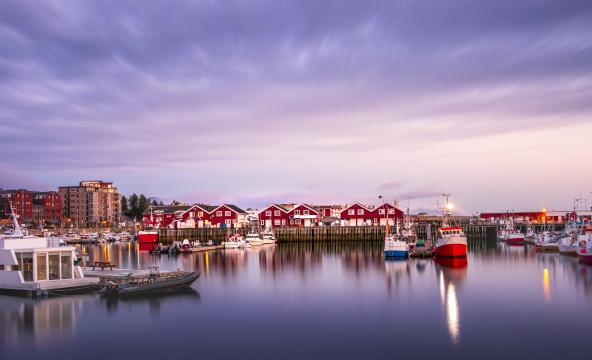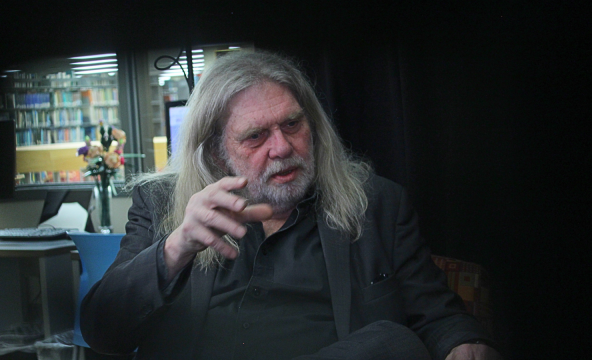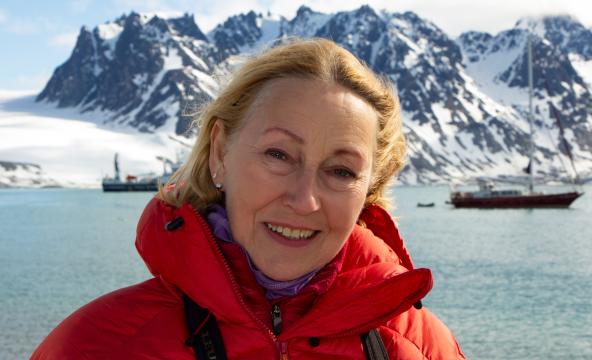
This article is more than one year old.
One of the most central questions in the aftermath of the Russian invasion of Ukraine has been how it will affect Norwegian security policy in the north. The sabotage of the gas pipelines in the Baltic Sea puts this at the forefront.
The problem is often that things like ice melting, resource extraction, great power games, symbolic politics and submarines are mixed together into a spicy stew of simple inferences. When you move from the general to the substantial, however, the details emerge. A simple move is to distinguish between immediate, short-term and long-term threats in the north.
Instantly: We become part of the war
The immediate threat to Norway, in the north, is simple: Our "northern areas" will play a central role in a conflict between NATO and Russia. Why? Because Russia has its strategic forces modeled on the US and NATO in the north, close to the border with Norway.
That is why Russia practices and practices outside our living room door. To scare Norway, NATO and the USA into staying away. The message is clear: "If you get close to our strategic forces (read submarines and missiles) we will want to take control of the areas north of Lofoten".







